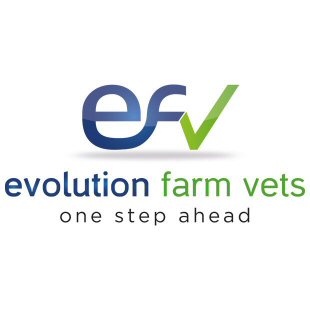From 1st July 2021, we will be moving to 6 monthly testing of all cattle holdings in the High Risk Area (HRA) which includes all of Somerset, Devon and Dorset. Your next TB test will be completed at the normal time, but following that, you will enter a cycle of 6 monthly testing.
Testing more frequently increases the likelihood of detecting infected animals (the overall sensitivity). This is the same reason we test for Johne's disease quarterly in dairy cattle. There are good parallels between these tests, in that positive results are very likely to be correct. The positive predictive value for the TB skin test in the HRA is 92% - so 11 of every 12 animals which give a positive result DO actually have TB. This is why we do have to remove skin test reactors from herds as soon as possible.
There will be a reduction in the need for contiguous and tracing tests to be performed separately to the normal herd testing once we are into 6 monthly cycles. This should allow herds to plan ahead for when they will need to perform whole herd testing.
Earned recognition - the exceptions to the new rule
The new 6 monthly cycles will not apply to farms which have a lower risk of tuberculosis breakdown. These are defined as herds which have not had a TB breakdown in the previous 6 years, or those which are CHECS accredited for TB at level 1 or above (not entry level). APHA will determine if each holding has this 'earned recognition' and will contact the holding owner to notify them that they will remain on annual testing. This eligibility will be reconsidered every 6 months.
